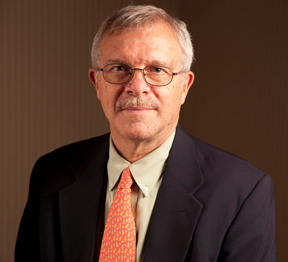
Many people only remember measles as a childhood disease of their grandparents. While measles still routinely exists in the wild in many areas of the world, it was declared as “eliminated” in the United States in 2000. That meant there were no longer any year-round local cases.
In 2011, nonetheless, 222 cases and 17 measles outbreaks (three or more cases related in time and place) were reported in the United States. Most of these cases were imported from other countries—52 in U.S. residents traveling overseas and 20 in foreign visitors, but the others occurred in unvaccinated Americans who were exposed to one of those two groups. Although the numbers are very small, there is still potential for more serious outbreaks given the extreme contagiousness of the disease and the existence of a small, but persistent group of unvaccinated Americans.
The problem is not that the vaccine does not work. On the contrary, one dose results in over 90% coverage when given to children between 19 and 35 months of age. Certain people, however, decline vaccinations for themselves and for their children due to religious beliefs or unfounded health concerns. Few people remember the ravages caused by measles, which results in rare but devastating cases of encephalitis, with permanent neurological damage and occasional deaths. In Europe, where vaccination is general (albeit incomplete in some countries) there were still over 30,000 cases of measles reported in 2011, with 27 cases of meningo-encephalitis and eight deaths.
Because of the persistence of un-vaccinated clusters and the rapid spread of the disease, it should always be considered in a febrile child with a generalized maculopapular rash, often associated with cough, conjunctivitis and a runny nose. Travel abroad or association with foreign travelers should increase suspicion. Isolations precautions should be started immediately and any suspected case reported to the Office of Public Health. Disease surveillance specialists in the Infectious Disease Department will contact the CDC, who works closely with local health departments. Prompt reporting and isolation allows outbreaks to be limited in size.
All children should receive an MMR (Measles, Mumps and Rubella) vaccination at 12-15 months, with a second dose at between 4-6 years. Unvaccinated travelers, health professionals or college students should also receive two doses of MMR. Other unvaccinated adults should receive at least one MMR dose. Previously unvaccinated children over one year of age should get two MMR doses (separated by at least 28 days) prior to foreign travel.
Measles is still very much present worldwide and it remains highly contagious. Vaccines are safe and effective. Do not put yourself or your children at risk for serious complications and possible death when a couple of shots will offer almost complete protection.









